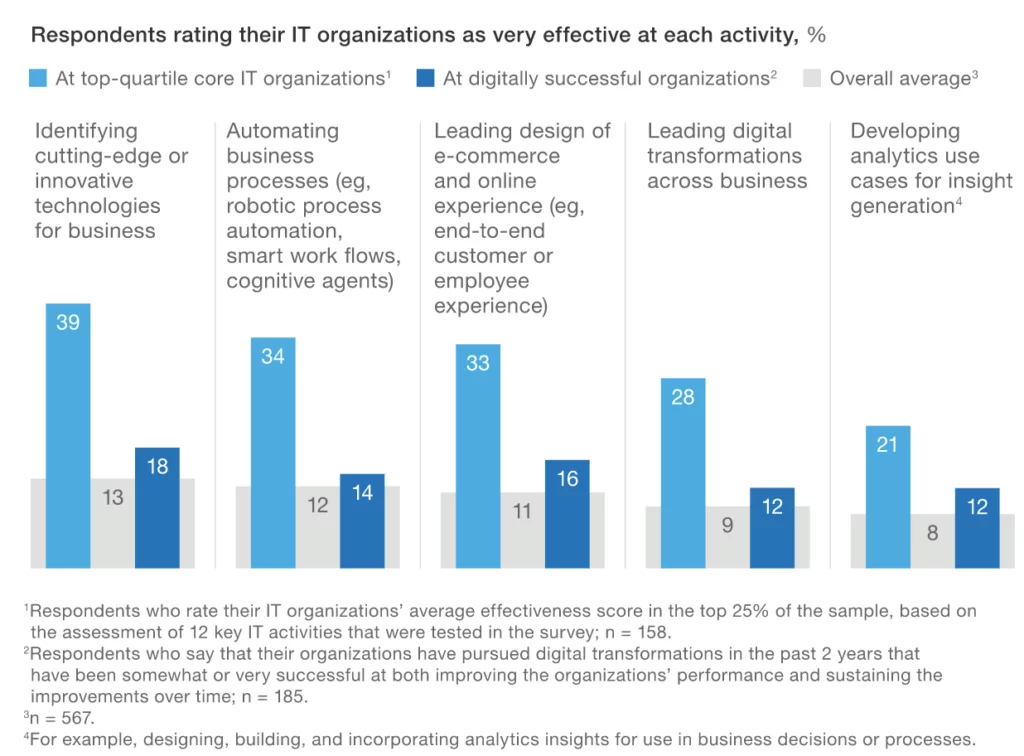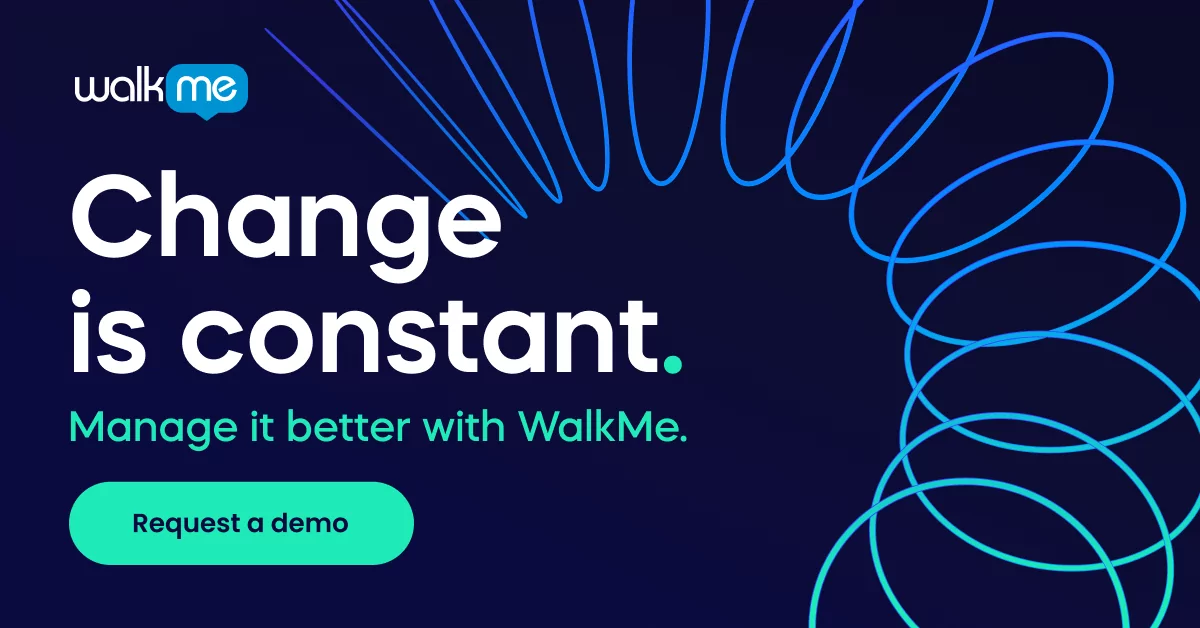It is clear that the CIO’s role has been undergoing an evolution. Today, those in executive IT leadership have more on their mind than just buying the most cost-effective software, technology must benefit the end-user.
The importance of UX can’t be stated enough and we will explore how user experience is now becoming a top priority for CIOs.
Digital employee experience is paramount
Oftentimes, employees aren’t considered when the conversation turns to quality user experience. In some cases, if employees don’t acclimate quickly enough to new software, they can oftentimes be blamed and their performance critiqued. PwC’s Chief Digital Officer Joe Atkinson who presented “Giving Employees the Digital Experience They Deserve” states, “At the end of the day, if you can create a great employee experience, employees will adopt the technologies you’re sharing with them.”
The mindset around employee user experience has been gradually changing as more organizations realize the importance of investing in their digital employee experience. Beyond that, there is a direct connection between employee experience and customer experience which affects any company’s bottom line.
CIOs are prime influencers when it comes to selecting company software. As part of their role, they also have the responsibility to evaluate a software’s UX and how it will be implemented and adopted by employees.
UX impacts talent
A hallmark of any great organization is the talent that it attracts and retains. Specifically in the IT and R&D world, recruiting top-notch talent is imperative to creating and managing innovative software. If an organization’s software isn’t UX friendly or up to date, that can be a major deterrent to recruiting qualified new hires. Keep in mind that this doesn’t just ring true for attracting younger tech-savvy personnel, but also hiring employees of all ages and backgrounds. Software UX needs to meet the user where they are, no matter who they are.
Some traditional industries like banking, insurance, retail are waking up to this new reality and getting rid of antiquated legacy systems with poor UX. And in some countries, government agencies who are still relying on paper filing systems, are hiring CIOs to serve as digital leaders to upgrade their tech stack and employee-base to the 21st century.
Employee productivity
On average, an employee is working with up to 8 apps, though the more a company grows, so does their tech stack. Selecting software is expensive and CIOs have to manage the company’s IT spend responsibly. If employees are complaining or don’t understand how to use newly purchased software, the ROI on the software investment takes a nosedive. In order to maximize the usability of software, CIOs must consider UX.

DAP as the UX solution and more
Not every new technology or system has the most intuitive UX. But with WalkMe’s Digital Adoption Platform (DAP), any system can be made user-friendly. WalkMe’s sophisticated technology is customizable to almost all systems, and for immediate needs, can navigate users through training and onboarding through contextual learning and guided prompts. Tedious processes can be reduced to a single click, saving employees time, and unneeded frustration. DAP goes deeper, tracking user engagement, adoption, and usage. This is a real asset to CIOs who can have visibility into how software is being used, which is critical data for understanding and controlling IT spend.
CIOs have a lot on their plate. But shining a focus on UX from an employee and customer perspective can significantly impact IT spend, employee recruitment and retention, and overall user engagement and adoption.


